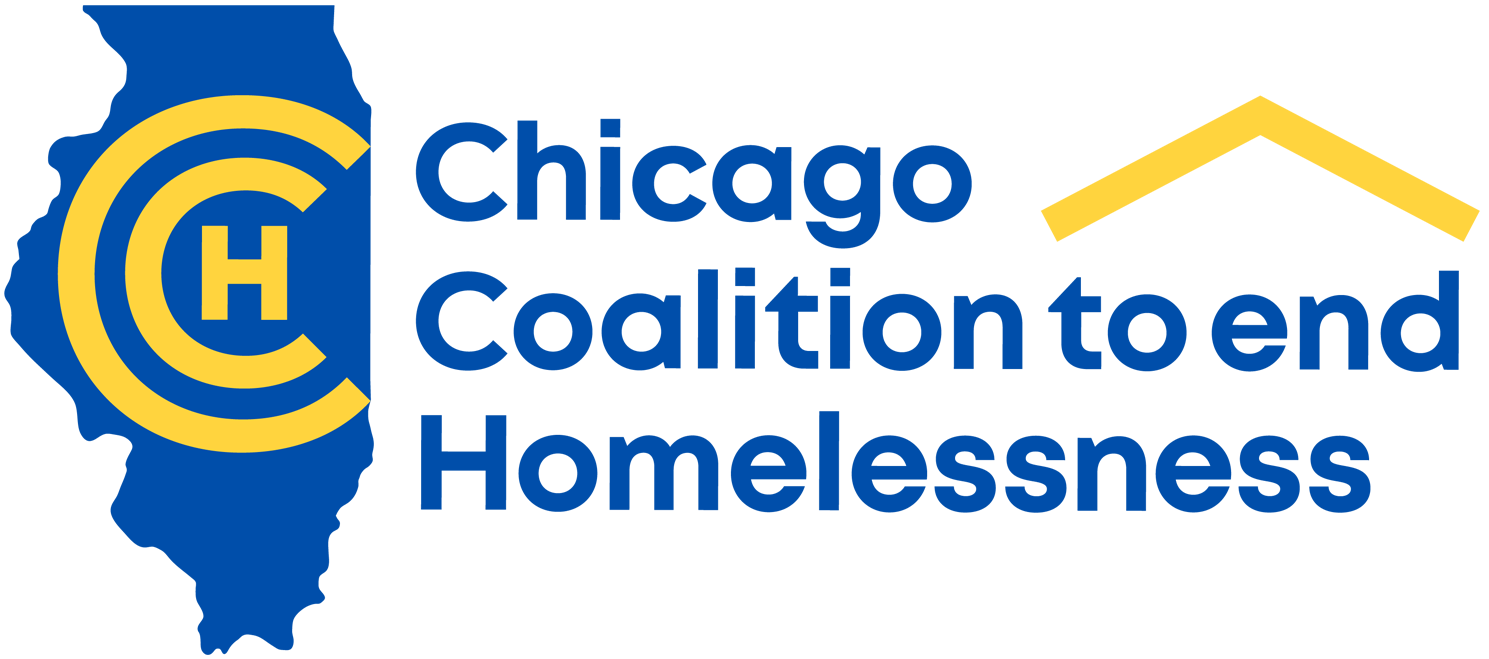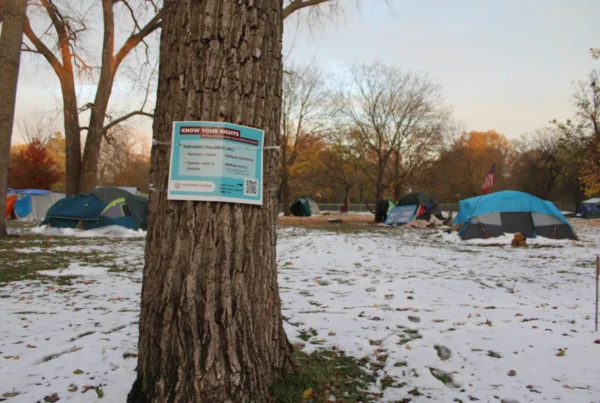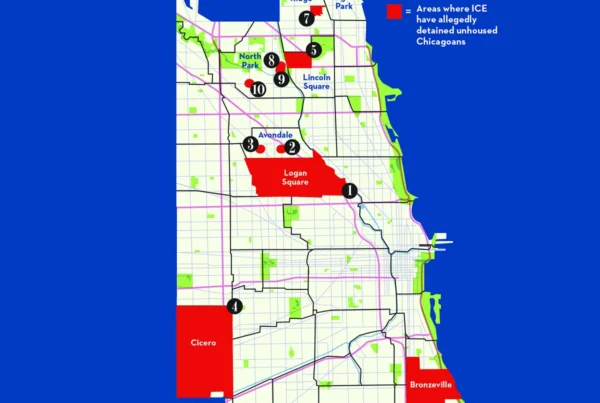Lindsey Bailey/Axios
Mayor Brandon Johnson is funneling $40 million into new services for Chicago’s homeless people, while President Trump is calling for the country’s unhoused to be moved to “long-term institutional settings.”
Why it matters: About 76,000 people experienced homelessness in Chicago in 2022, according to the Chicago Coalition to End Homelessness (CCH). The mayor’s new investment aims to modernize current shelters and give unhoused people more dignified and safe transitional housing.
Between the lines: The CCH’s count is considerably higher than the city’s point-in-time count as it includes all people who aren’t in stable housing, such as those temporarily living with others, compared to the annual count of unhoused and sheltered people on one specific night.
Article Excerpt:
Doug Schenkelberg, executive director of CCH, tells Axios the executive order demonizes unhoused people, which is already a common reaction. “It is this perception of feeling unsafe when really it’s more about feeling uncomfortable.”
“One of the jobs we have to do is help shift that narrative. So people, when they see someone experiencing homelessness, they don’t recoil, but they think, ‘We, as society, have to do something more,'” Schenkelberg adds.
“There’s a lot of questions from a practical side how these pieces [of the EO] can actually be implemented,” Schenkelberg says. “If you’re saying that you’re going to involuntarily commit people to institutions, how does that even work? Where are the institutions? There’s a whole host of questions above and beyond it being just a really bad policy.”
Reality check: While Schenkelberg and other advocates welcome Johnson’s new initiative, shelters are still a temporary solution to the larger issue of permanent, affordable housing. The question of how to pay for more affordable housing remains.







